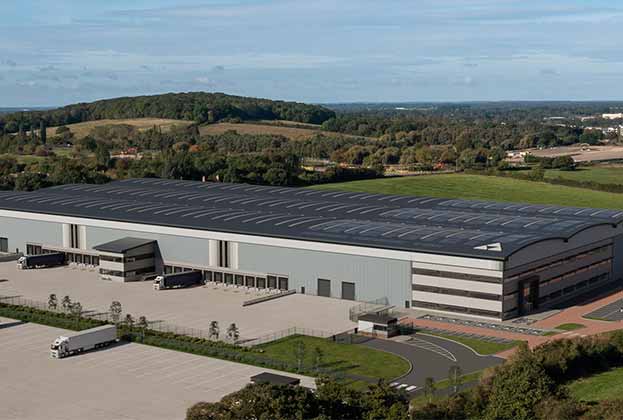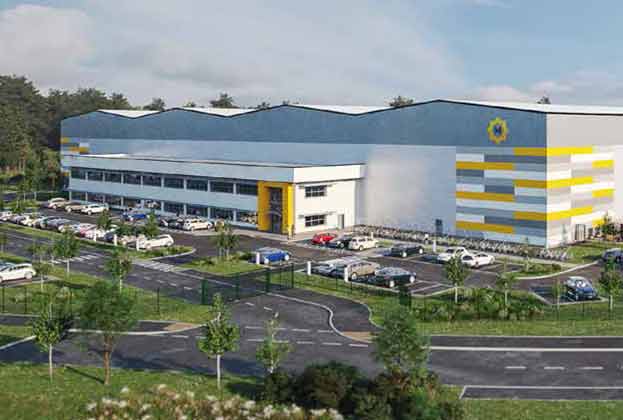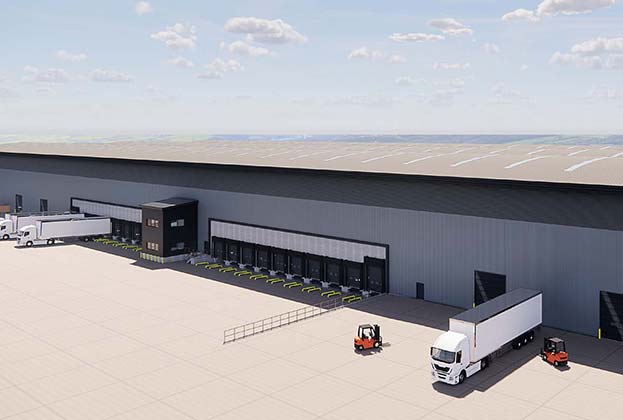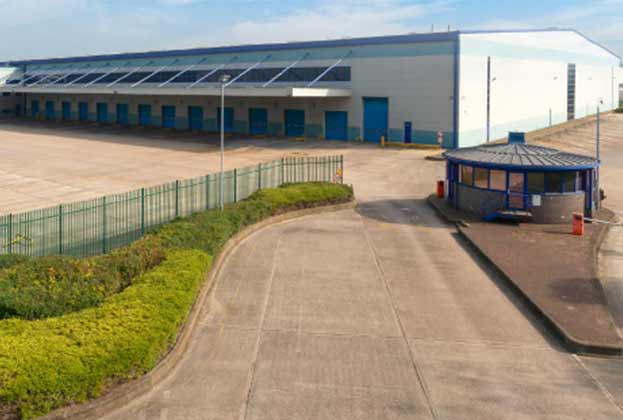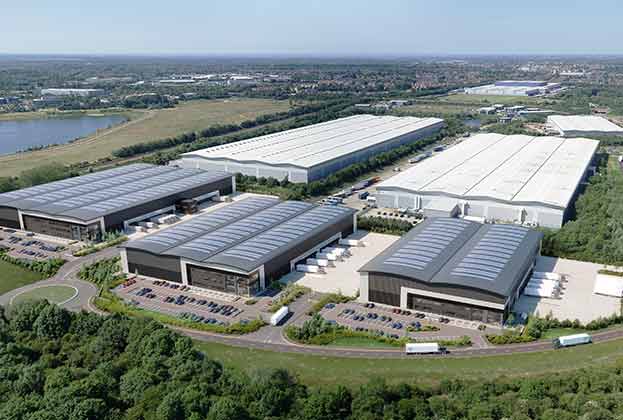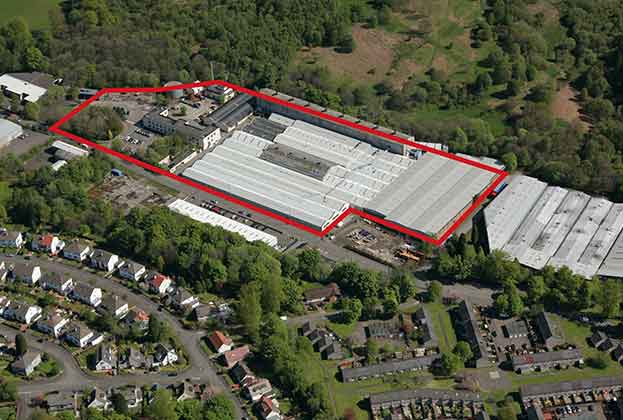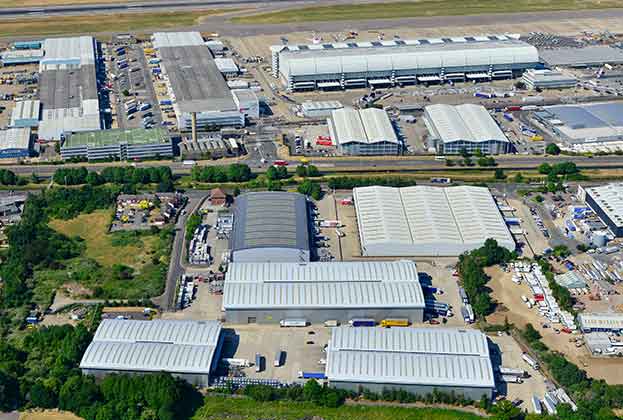Vacancy rate now 2.34%, down from 7.08% a year ago
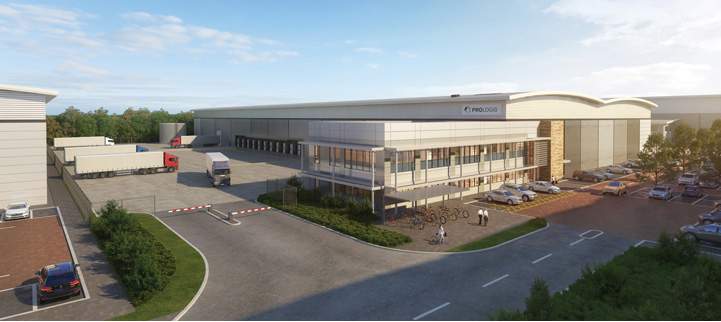
Hams Hall, where Prologis is speculatively developing three units totalling 475,000 sq ft
The region has seen a huge uptick in demand from a range of occupiers, which has led take-up to hit 9.38m sq ft, the highest level achieved, setting both record rental and land values in the process. Supply has fallen to the lowest level, equating to just 0.41 years – this has pushed on prime rents by 22% in 2021 alone
Ranjit Gill, Director, Birmingham
Supply
The supply of warehouse space within the region currently stands at 2.02m sq ft across nine units, a 66% decrease from this time last year. According to the average annual take-up, there is now just 0.41 years’ worth of supply in the region.
Over the last year, developers have responded to the increased demand for better quality space. Consequently, multiple Grade B and C units have been withdrawn from the market for redevelopment along with other units being marketed as being newly refurbished. Now, 42% of space on the market is Grade A, while 37% is Grade B, and 21% is Grade C. In terms of unit count, 78% of the supply is within the 100,000–200,000 sq ft size band, 11% are within the 200,000–300,000 sq ft size band and 11% over 500,000 sq ft. The largest unit on the market is DC660 in Rugby, comprising 661,348 sq ft of Grade A second-hand space.
With the current supply and demand dynamics, we envisage that rental growth will exceed the 3.4% per annum forecast by RealFor in the next five years, particularly due to the renewed occupier interest from a wide variety of occupiers such as Chinese e-commerce companies and gigafactories rather than the historically prominent manufacturing and automotive sectors.
Take-up
Take-up in 2021 reached 9.38m sq ft across 40 separate transactions, which is the strongest level ever recorded and is 2.41m sq ft above the second strongest year. Transactional activity has centred around second-hand space, which accounted for 46% of the total take-up, 38% has been built-to-suit space, and 16% has been speculatively developed space. In terms of Grade, 73% of take-up has been Grade A space, 19% has been Grade B space, and 8% has been Grade C.
Deal counts highlighted the preference towards smaller-sized units throughout the region – there have been 27 deals within the 100,000–200,000 sq ft size band, nine within the 200,000–300,000 sq ft size band, one within the 300,000–400,000 sq ft size band, and two in the 400,000–500,000 sq ft size band. There was a single deal over 500,000 sq ft in 2021 where Amazon committed to a 2.3m sq ft unit in Peddimore. The deal has set record land values for the West Midlands. The lack of larger units in the region has as much, if not more, of an impact on the shift towards smaller units as occupier preference which is now hindering take-up.
In 2021, 42% of activity stemmed from online retailers, 37% from 3PLs, 10% from manufacturers, and 6% from high street retailers.
Development pipeline
There are 17 units currently under construction within the West Midlands, totalling 3.49m sq ft. The majority (76%) are below 300,000 sq ft.
Read the articles within Big Shed Briefing below.
.jpg)
